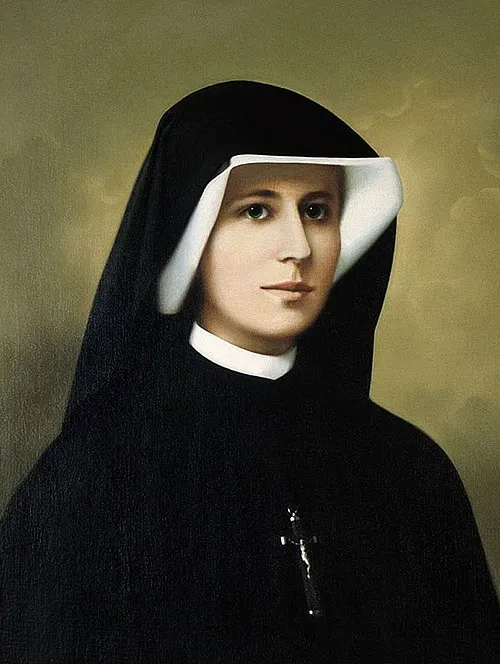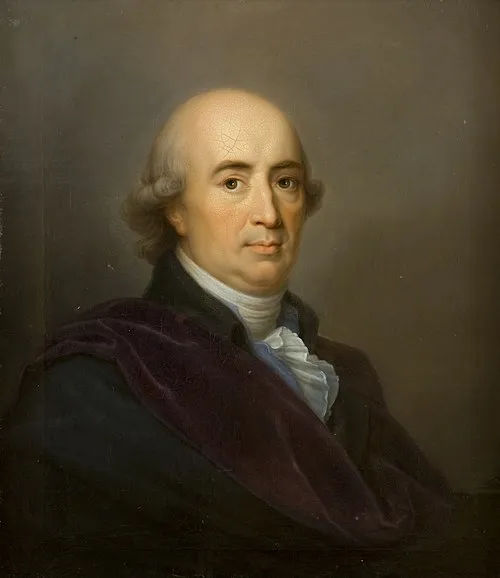
Name: Võ Nguyên Giáp
Birth Year: 1911
Death Year: 2013
Nationality: Vietnamese
Profession: General and politician
Position: 3rd Minister of Defence for Vietnam
Võ Nguyên Giáp: The Military Strategist Who Shaped Vietnam's Destiny
In the shadows of a sprawling landscape where rice paddies stretch as far as the eye can see, a child was born in 1911 who would go on to influence the course of history. Võ Nguyên Giáp entered this world in Quảng Bình Province, Vietnam a time when colonial forces held tight control over Vietnamese life. His early years were marked not by privilege, but by a fervent desire for independence and justice.
Growing up amidst poverty and oppression, young Giáp was deeply affected by the struggles of his countrymen. Despite this daunting backdrop, he excelled academically; his thirst for knowledge led him to Hanoi where he immersed himself in revolutionary literature and socialist ideologies. Ironically, it was during these formative years that he fell under the spell of Ho Chi Minh's vision for an independent Vietnam. This connection would ultimately define his life's work.
Giáp’s entry into military affairs wasn’t part of a grand plan it emerged out of necessity. As World War II wreaked havoc across Asia, Japanese forces took advantage of French colonial weaknesses in Vietnam. It was here that Giáp made his first crucial decision: aligning with communist forces under Ho Chi Minh against their common enemy. This move was not without risk; however, it provided him with invaluable experience and an opportunity to sharpen his strategic acumen.
As France reasserted control after Japan’s defeat in 1945, tensions boiled over into full-scale revolution. Giáp became increasingly involved with the Viet Minh a coalition aiming for independence where he quickly established himself as a formidable leader on the battlefield. Historians recount that his initial successes were due largely to guerrilla tactics learned from revolutionary texts combined with indigenous strategies tailored specifically for Vietnamese terrain.
The decisive moment came during the First Indochina War (1946-1954), when Giáp masterminded operations that would lead to victory against French colonial forces at Dien Bien Phu a battle which forever etched both him and Vietnam into history books around the world! With meticulous planning and sheer determination, Giáp turned what many considered an unwinnable struggle into one of military brilliance.
However, victory bred new challenges. With France defeated but America rising as a superpower willing to intervene in Southeast Asia post-1954 Geneva Accords Vietnam found itself plunged once more into conflict during the tumultuous years leading up to what would become known as the Vietnam War.
The Artistry of Warfare
Perhaps one could argue that Võ Nguyên Giáp's greatest strength lay not just in strategy but also psychology; he understood warfare as an intricate dance between morale and might! Through propaganda campaigns targeting both troops and civilians alike, he sought not merely victories on battlefields but hearts won over through ideals like nationalism or socialism the same motifs seen echoed throughout modern political landscapes even today!
"The war is long... our determination is firm." - Võ Nguyên Giáp
A Legacy Intertwined with Resistance
The stakes escalated further when American troops poured into South Vietnam after Gulf of Tonkin incidents ignited fears among U.S leadership regarding communism spreading like wildfire throughout Southeast Asia. Despite facing overwhelming odds including advanced technology employed by U.S forces Giáp’s mastery laid hidden traps while employing hit-and-run tactics which frustrated conventional approaches.
- Tet Offensive: Perhaps his most audacious strategy came during Tet Offensive in January 1968 an operation which took even high-ranking U.S officials by surprise! Arguably intended more so as a psychological campaign than merely military success… it revealed cracks within American morale back home!
- Cultural Symbolism: Throughout these turbulent years filled with bloodshed... images emerged portraying soldiers garlanded with flowers instead weapons illustrating hope amidst despair! Thus making them symbols not only against foreign aggression but proponents fighting local injustices too!
This potent combination sparked anger across college campuses worldwide while galvanizing global anti-war sentiments which continues resonating strongly among younger generations advocating peace now as we see through movements seen today such climate change rallies demanding transformative actions urgently needed!
The Unraveling Threads Post-War
You might wonder what happened following America’s withdrawal? Initially hailed back home as national heroes… things turned sour quickly once power dynamics shifted internally between North & South Vietnams complicated matters further unraveling threads woven tightly together since early battles fought shoulder-to-shoulder against colonizers left scars still felt today...






